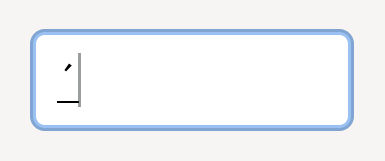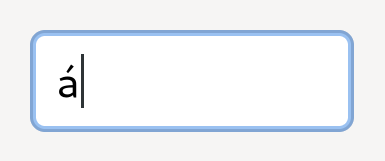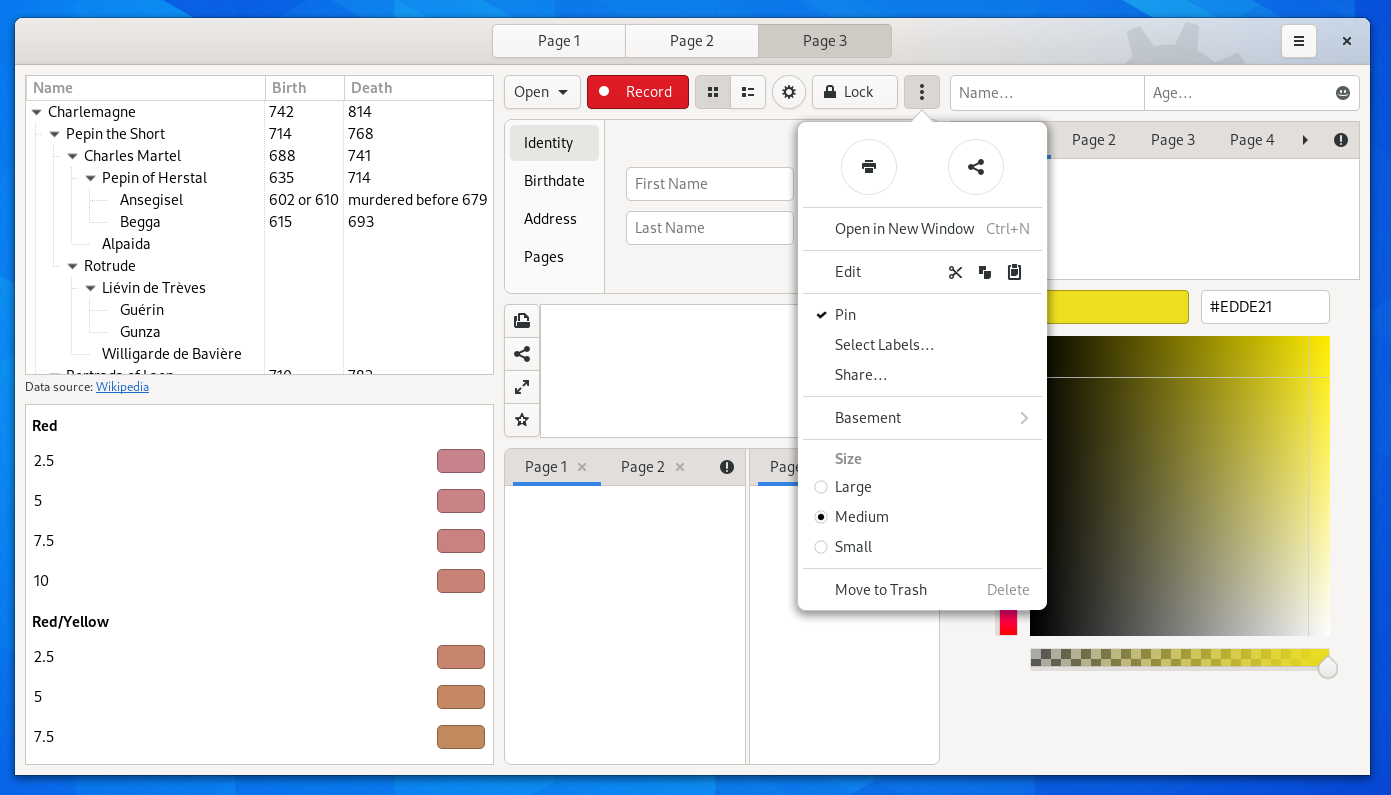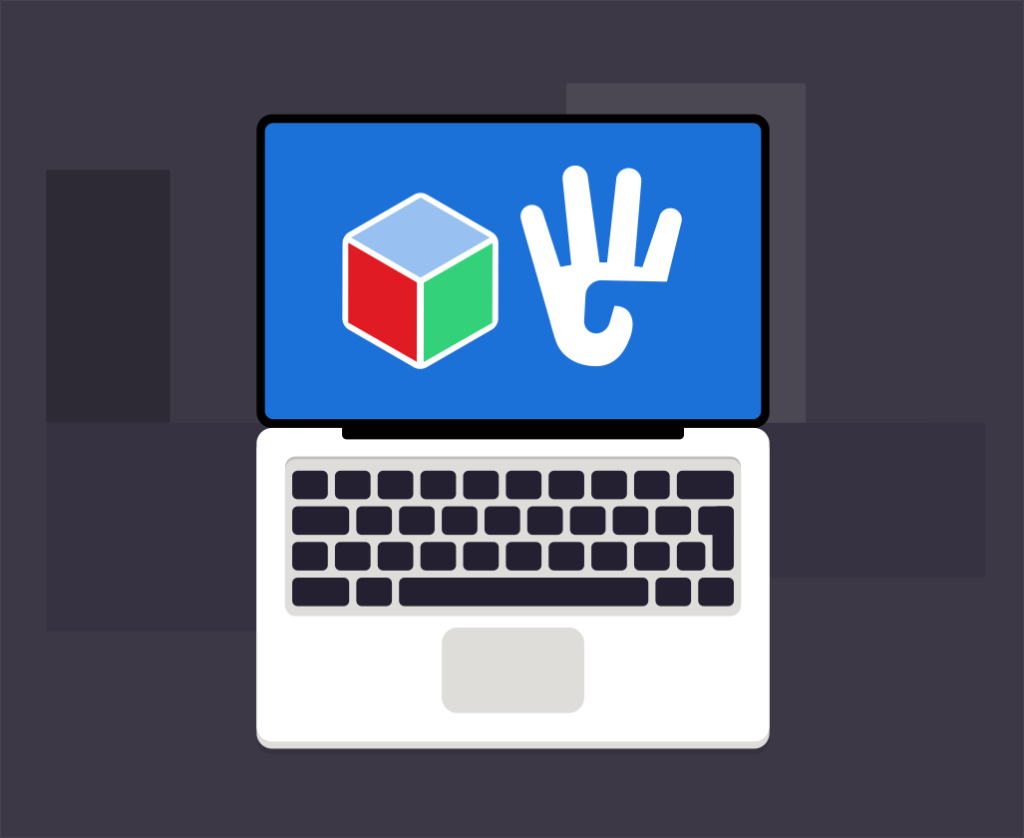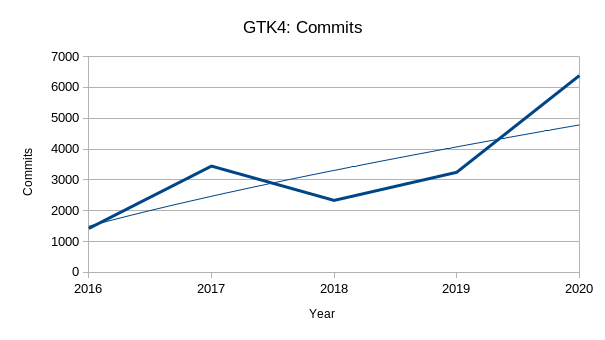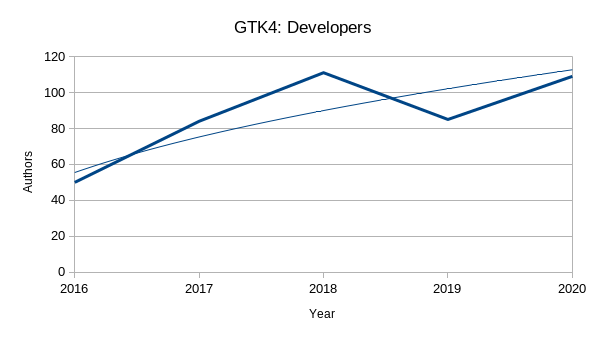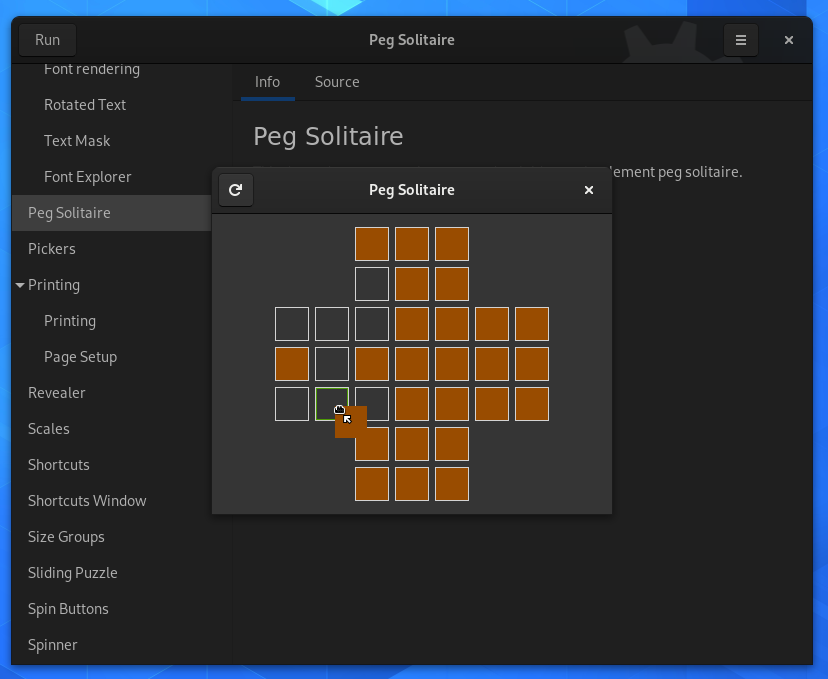As you may have noticed, there have been various changes in the GNOME developer documentation website, as of late. These changes also affected the API references for GTK and its core dependencies.
What has changed
The main change is that GTK moved to a new documentation tool for its API reference and ancillary documentation, called gi-docgen. Unlike the previous documentation tool, gtk-doc, gi-docgen uses the introspection data that is generated by GObject-based libraries to build the API reference. This has multiple benefits:
- gi-docgen is simpler to run and integrate within an existing library, as it only has a single project description file and relies on the introspection data for everything else; additionally, it can be easily included as a Meson sub-project
- gi-docgen uses Markdown everywhere, instead of DocBook
- gi-docgen is considerably faster, as it does not perform an additional source code parsing step; it does not have the bottleneck of the XML to HTML conversion via
xsltproc; and it does not have to parse Devhelp files to fix cross-references to other libraries after generating the reference - gi-docgen can infer much more information about an API, as it has access to the entire introspection data for a library, including its dependencies; this allows the automatic generation of more accurate and consistent documentation, instead of relying on humans to do this job
- gi-docgen generates stable URLs for all the API entry points and additional documentation, which means it’s easier to link to and from it without using obscure references
- the default documentation template is usable on different form factors and layouts; it respects the dark theme options on web browsers that support it; and provides an in-tree live search functionality that does not depend on third party services
- gi-docgen can also be run out of tree—this will come in handy later
Outside of these improvements, using the introspection data as the source for the documentation has additional benefits: it keeps us honest in the type of API we expose to non-C users; and it makes the C API reference closer to the reference in other languages that consume the same data.
GTK4, Pango, and GdkPixbuf have been migrated to this new tool, and while we were at it, we also reviewed the documentation to improve its consistency and accuracy—especially for the older sections of the API.
The new API references can be used offline through Devhelp 41, which will be released next September alongside GNOME 41.
Online documentation
The canonical online location for the GTK references is now docs.gtk.org. There you will find the API references for:
The API references for GTK3 and ATK have been moved to docs.gtk.org as well.
The docs.gtk.org website is generated by the GTK CI pipeline, so it is always up to date with the state of the repository; thanks to gi-docgen supporting out of tree builds, the website can also generate documentation for various libraries that have not been ported to gi-docgen yet, like GLib, GTK3, and ATK.
Known issues
Of course, with any large change come side effects.
The main issue is the change in the URLs for the documentation; existing documentation referencing locations on developer.gnome.org will have to be fixed. Thanks to the GNOME system administrators we have some redirects in place, and there are ideas on how to improve them without creating an unmaintainable mess of static redirections.
The new documentation website is in the process of being indexed by various search engines; the more you use it, and link to it, the easier it will be for the new references to raise in ranking. In any case, we strongly encourage you to use the search feature: simply press ‘s’ to start searching for symbols and types, or even content inside the extra documentation pages.
Unfortunately, GLib’s introspection data has some issues, given how low level the C API is; we are working on improving that, which will have an impact not only in the documentation but also in the overall bindability of the API in other languages.
The documentation for GLib, GObject, GIO, and GTK3 is also still written for gtk-doc; this means that cross-links in the documentation may not work; the content may not be rendered as nicely; or there can be redundant paragraphs. This will be fixed in the future, both by changes in gi-docgen (wherever possible) and by updating the documentation inside the libraries themselves. This will also improve the language bindings documentation, as they consume the same introspection data as gi-docgen. Help in this effort is very much welcome.


